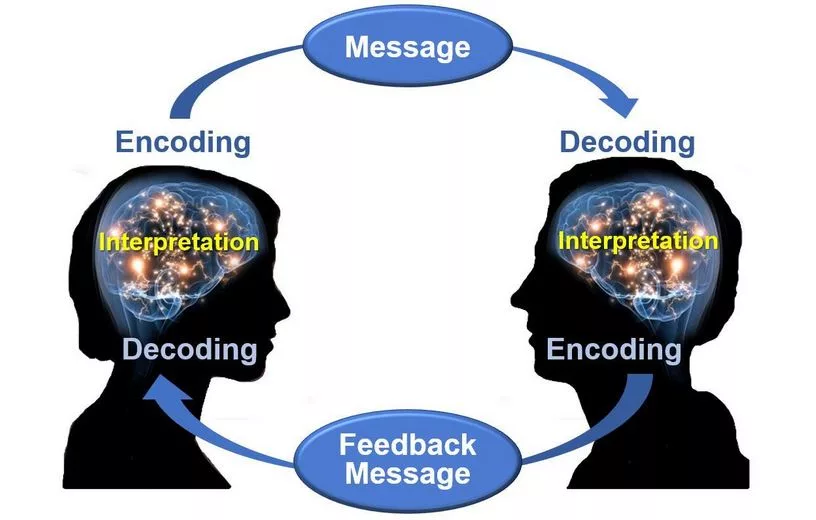The Communication Cycle

How the communication cycle works
For starters, you make a statement. From there, information is received. After the other person gets the information, then decoding happens. You will need to fill in the gaps as they finish processing the information shared.
Those on the receiving end of the communication likely have biased opinions and, most times, need additional information, facts, and clarifications. This cycle takes time, clear information, adjustments for those on the receiving end, and ensuring your information can be understood.
How is the communication provided?
The communication cycle isn’t just using your voice. Communication is everywhere these days, and we communicate by text, digitally, socially, professionally, and or, at times, using protected networks.
Successful organizations provide onboarding information and documents to address how their clients will receive information about the organization.
Your thoughts must be organized and communicated in a style that those on the receiving end can understand. The message must be clarified and, at times, provided with filters.
Successful people and organizations are effective 85% of the time with solid communication.
This is where bringing in an outside consultant can help your organization.
When should clarifications be shared?
As the need for additional information or questions arises, make sure you do your research. When two or more are involved, there may often be breaks in the communication cycle.
To be more efficient, organize and prepare your answers beforehand. Repeat and rephrase questions as they come to imprint them into your memory and inspire your audience.
Tips for clear communication
- When using text or audio messaging, be mindful of your emotions and always work toward mutual understanding.
- Don’t forget to be clear and concise.
- Provide voice tone
- Pay attention to your body language and word choice.
Using a consultant to help your communication
If your organization could improve internal and external communication, Ed Schoenfelt will help you streamline your communication processes. Contact Ed to learn more about working with him today.
My exceptional experiences and accomplishments can help!
Take the first step towards unlocking your organization’s full potential. Contact me today to explore how my Consulting services can propel your organization towards new heights of success.
